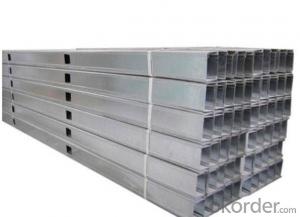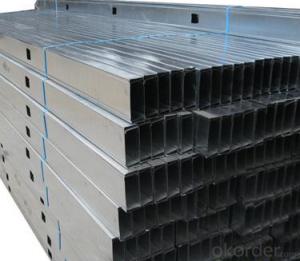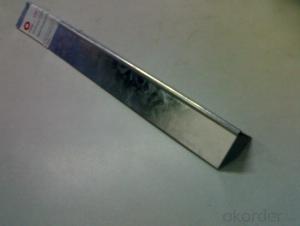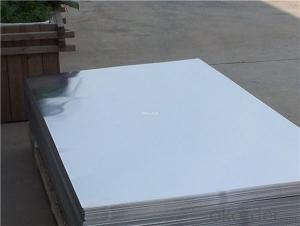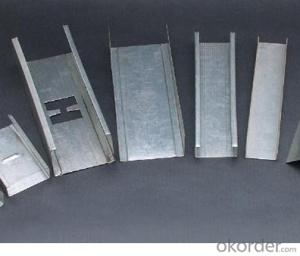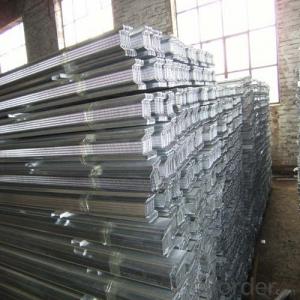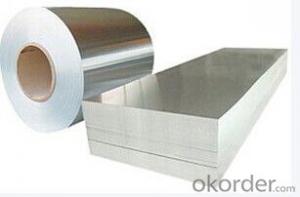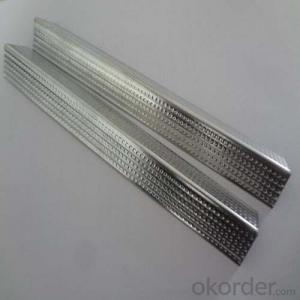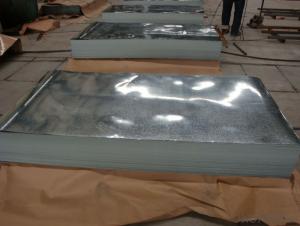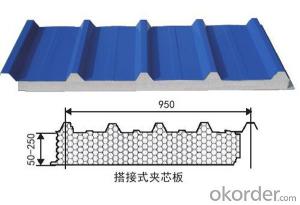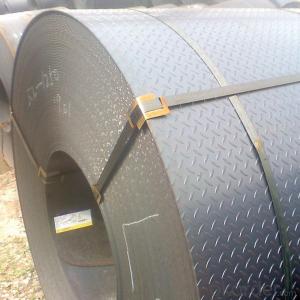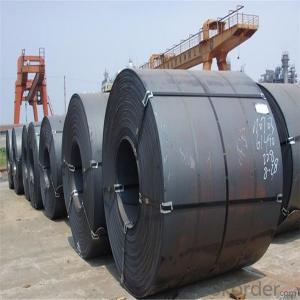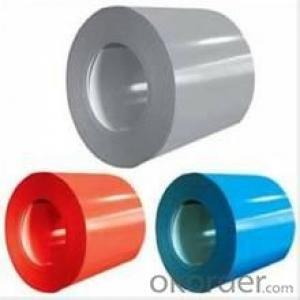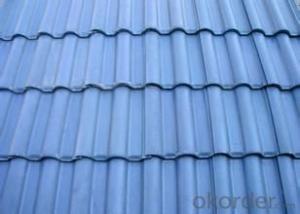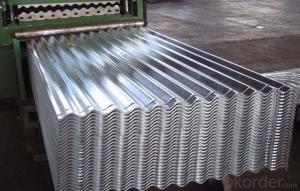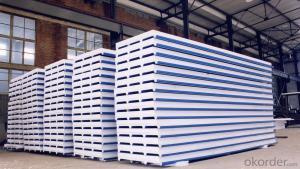4X8 Galvanized Sheet Metal
4X8 Galvanized Sheet Metal Related Searches
Best Paint For Stainless Steel Paint For Galvanized Steel Steel Frames For Furniture Self Tapping Screws For Steel Surface Grinding Wheels For Hardened Steel Hole Saw For Stainless Steel Paint For Stainless Steel Stainless Steel For Bbq Step Bit For Stainless Steel Sponge For Stainless SteelHot Searches
Used Metal Folding Chairs For Sale Large Metal Containers For Sale Metal Shop Cabinets For Sale Metal Shipping Crates For Sale Galvanized Steel Scrap Price Fiber Sheet Price In India Galvanized Steel Prices Plastic Fiber Sheet Price Upvc Roofing Sheet Manufacturer In India China Geomembrane Roll Sheet Lasani Wood Sheet Price Rhino Roofing Sheet Price List Tinplate Sheet Price Mdf Price Per Sheet 4Mm Mdf Sheet 1220X2440Mm Price Grp Sheet Price Aluminum Sheet Stock Sizes Cost Of 4X8 Sheet Of Plywood Cost Of Drywall Per Sheet Buy Sheet Plastic4X8 Galvanized Sheet Metal Supplier & Manufacturer from China
Okorder.com is a professional 4X8 Galvanized Sheet Metal supplier & manufacturer, offers integrated one-stop services including real-time quoting and online cargo tracking. We are funded by CNBM Group, a Fortune 500 enterprise and the largest 4X8 Galvanized Sheet Metal firm in China.Hot Products
FAQ
- What's the best way to open a 10mm thick steel sheet?
- Sheet steel is produced by hot rolling or cold rolling, with steel plates between 0.2-4mm in thickness. The width of the steel plate is between 500-1400mm. According to different uses, the thin steel plate is rolled with different material billets. The materials are carbon steel, fine carbon steel, alloy structural steel, carbon tool steel, stainless steel, spring steel and electrical silicon steel. They are mainly used in automobile industry, aviation industry, enamel industry, electrical industry, machinery industry and so on. In addition to the direct delivery of rolled steel sheets, there are also kinds of pickling, galvanizing and tinning.
- Yes, steel sheets are prone to warping or distortion, especially when subjected to heat or excessive force.
- Yes, steel sheets can be used for electrical enclosures or cabinets. Steel is a commonly used material for such applications due to its durability, strength, and ability to provide protection against external factors like moisture and impact. Additionally, steel can be easily modified or customized to meet specific requirements, making it suitable for various electrical enclosure designs.
- Steel sheets are designed to handle weathering quite effectively. They are typically coated with a protective layer, such as zinc or a combination of zinc and aluminum, which creates a barrier against moisture and other environmental elements. This coating, known as galvanization, prevents the steel from corroding or rusting when exposed to rain, snow, and other forms of precipitation. In addition to the protective coating, steel sheets are also treated with various chemical processes to enhance their resistance to weathering. These processes may include the application of primers, paints, or sealants that further shield the steel from moisture, UV radiation, and extreme temperature fluctuations. Moreover, the composition of steel itself contributes to its ability to withstand weathering. Steel is an alloy comprised primarily of iron, carbon, and other elements, which gives it inherent strength and durability. This structural integrity allows steel sheets to resist deformation, cracking, or warping that may occur due to weather-related stresses. However, it is important to note that over time, even the most well-protected steel sheets may experience some degree of weathering. Exposure to harsh environmental conditions can gradually degrade the protective coating, leading to the formation of small areas of rust or corrosion. Regular maintenance, such as cleaning, inspecting, and reapplying protective coatings, can help prolong the lifespan of steel sheets and maintain their resistance to weathering.
- Steel sheets perform well in cryogenic environments due to their low thermal expansion coefficient, high strength, and good ductility. At extremely low temperatures, steel retains its structural integrity, resists cracking or brittleness, and maintains its mechanical properties. This makes steel sheets suitable for various applications in cryogenic industries, such as liquefied natural gas (LNG) storage tanks, aerospace components, and scientific research facilities.
- There are several different types of finishes available for steel sheets, each offering unique properties and aesthetic appeal. Some of the most common finishes include: 1. Mill Finish: This is the standard finish that is achieved after the steel sheet has been manufactured. It has a rough, dull appearance, typically with visible surface imperfections. 2. Hot Rolled Finish: This finish is achieved by subjecting the steel sheet to high temperatures during the manufacturing process, resulting in a scaly, rough surface. It is commonly used for structural applications where appearance is not a primary concern. 3. Cold Rolled Finish: This finish is achieved by cold rolling the steel sheet, which smooths out the surface and creates a clean, matte appearance. It is commonly used for applications that require a smooth and uniform surface, such as automotive panels or appliances. 4. Galvanized Finish: This finish is achieved by applying a layer of zinc to the steel sheet through a process called galvanization. It provides excellent corrosion resistance and is commonly used in outdoor applications, such as roofing or fencing. 5. Electroplated Finish: This finish is achieved by electroplating a thin layer of metal, such as chromium or nickel, onto the steel sheet. It provides enhanced corrosion resistance, improved aesthetics, and can be available in various colors. 6. Powder-Coated Finish: This finish involves applying a dry powder coating onto the steel sheet and then curing it with heat. It provides a durable and attractive finish, with various color options available. Powder coating also offers excellent corrosion resistance. 7. Brushed Finish: This finish is achieved by brushing the surface of the steel sheet with an abrasive material, creating a distinctive brushed pattern. It is commonly used for decorative applications, such as architectural elements or kitchen appliances. 8. Polished Finish: This finish involves polishing the steel sheet to create a smooth and reflective surface. It is commonly used for decorative applications that require a high level of aesthetics, such as ornamental pieces or jewelry. Overall, the choice of finish for steel sheets depends on the specific requirements of the application, including factors such as durability, corrosion resistance, aesthetics, and cost.






